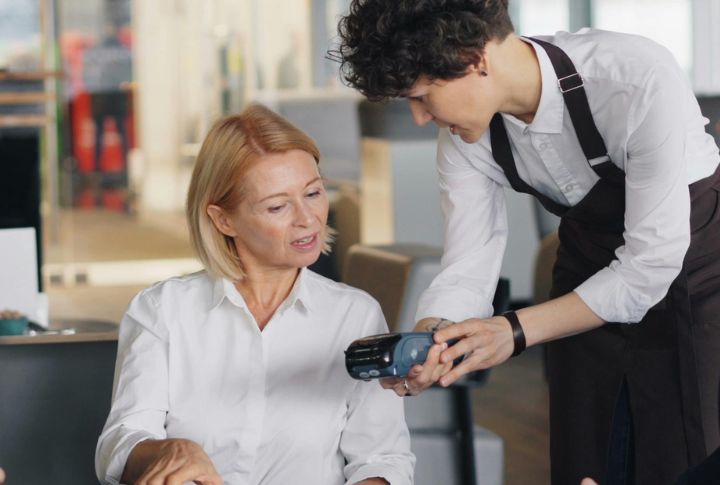
A meal out feels simple: order, eat, pay, and leave. But how many realize that everything around you is designed to influence decisions in small ways? Restaurants know how to create small nudges that make spending feel effortless. You believe you’re choosing freely, but maybe consumer psychology always has the upper hand. Here are 10 ways restaurants subtly influence how much you spend.
Strategic Menu Placement (Golden Triangle)

When you open a menu, your eyes don’t scan it randomly. You naturally look at the top right, top left, and center first—what’s called the “Golden Triangle.” Restaurants know this and place their most profitable dishes right there, while cheaper options sit off to the side.
Descriptive Language

Do you notice how a menu says “succulent” instead of just “grilled” chicken? Those words spark cravings and even stir memories of home cooking or family meals. By using sensory descriptions, restaurants make dishes sound more comforting and valuable to nudge you toward ordering them.
Removing Price Complexity

Psychologists have also noted how subtle formatting changes affect spending. Menus often avoid using currency symbols or complex price structures, because seeing “$15.00” feels heavier than simply “15.” Restaurants reduce financial awareness and encourage choices based on appetite rather than price by doing so.
Decoy And Anchoring Items (Menu Anchors)
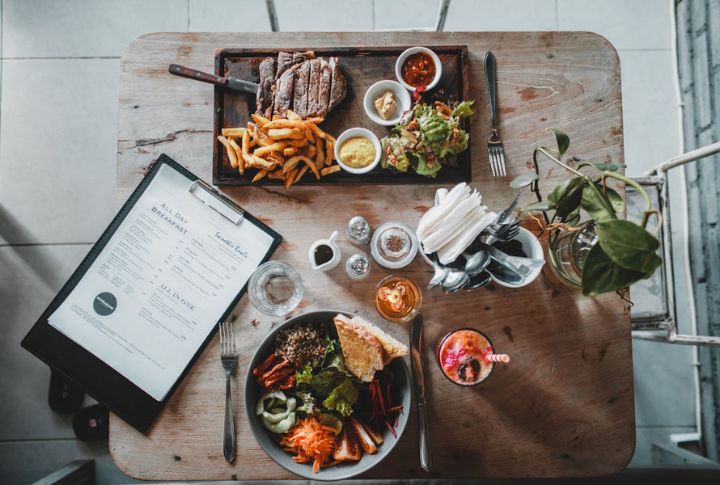
That super expensive steak you’d never order is not really there to be bought. It’s a decoy. If there is a high-priced item front and center, everything else suddenly feels like a bargain. You’re more likely to pick something “reasonable” in comparison, which is exactly what the restaurant wants.
Bundling And Combos
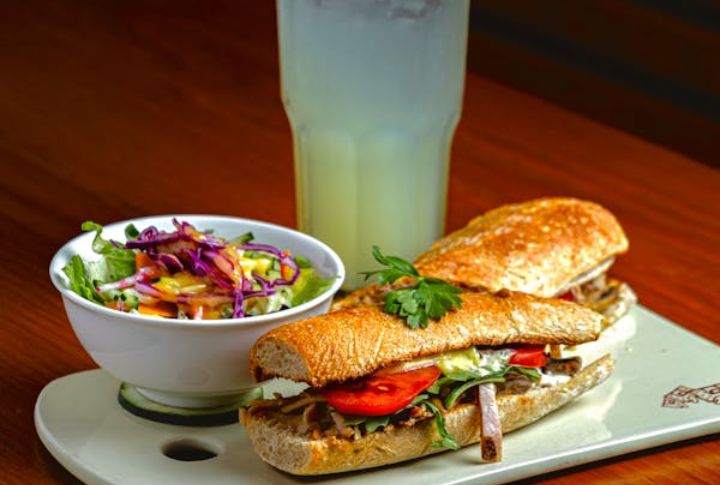
Combo meals look like a deal when you get a drink, side, and main all together. But here’s the catch: those bundles are carefully designed to include high-margin items. While you think you’re saving money, you’re actually spending more than if you chose separately.
Photos And Visual Cues
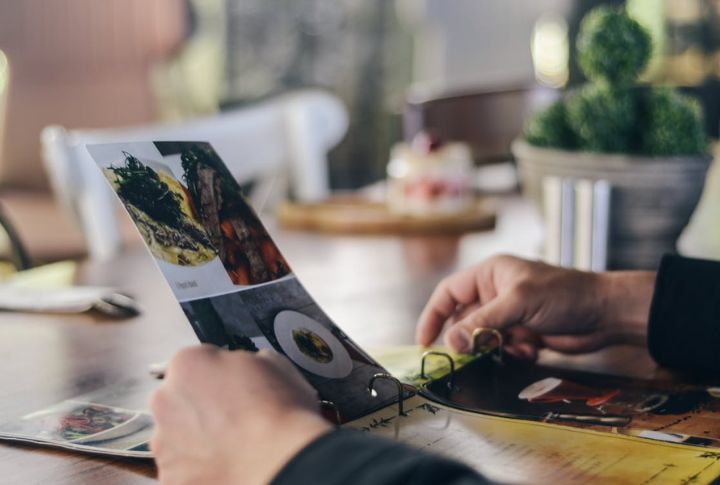
When you’re unsure about a dish, a photo can tip the scales. That’s why menus sometimes include mouthwatering images or little icons like chef’s hats and stars. They’re designed to grab your attention and make you feel excited and confident about what you’re ordering.
Ambient Factors: Music, Lighting, Scent
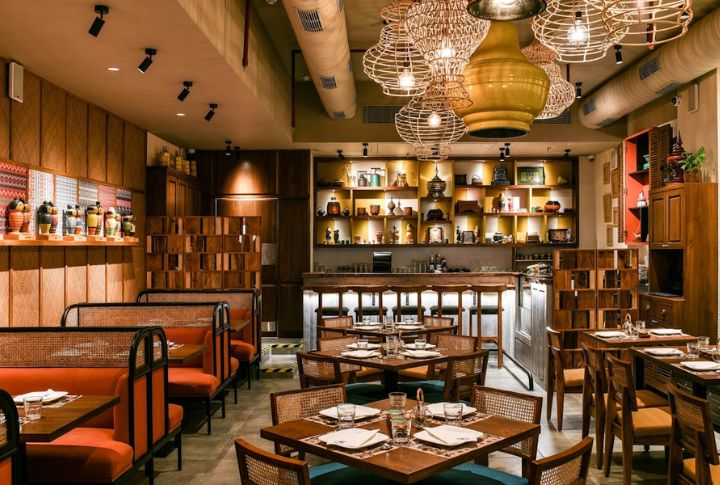
The human appetite responds powerfully to environmental scents, which restaurants leverage through strategic aroma marketing of fresh-baked goods and desserts. Musical tempo, with slower songs encouraging extended stays and increased drink orders, adds to their strategy of making us loosen our wallets.
Scarcity And Limited-Availability Signals

You’ve probably noticed “limited-time” specials or “today’s fresh catch” on a menu. Those phrases aren’t just about freshness; they create urgency. The idea that something might be gone tomorrow makes it more tempting today. It’s a classic strategy to push you toward spending quickly.
Portion And Plate-Size Manipulation

The size of your plate plays tricks on your perception. Smaller plates make food look plentiful, so you feel satisfied faster. Bigger plates do the opposite. Since portions appear smaller, you think you could eat more, and restaurants use this exact trick to influence how much you order.
Upsell And Suggest Pairings

When your server suggests an appetizer, recommends a wine, or tempts you with dessert, it’s not by accident. They’re trained to highlight specific items and bring you choices that boost the check. The approach feels friendly, but it’s also carefully designed to increase what you spend.

